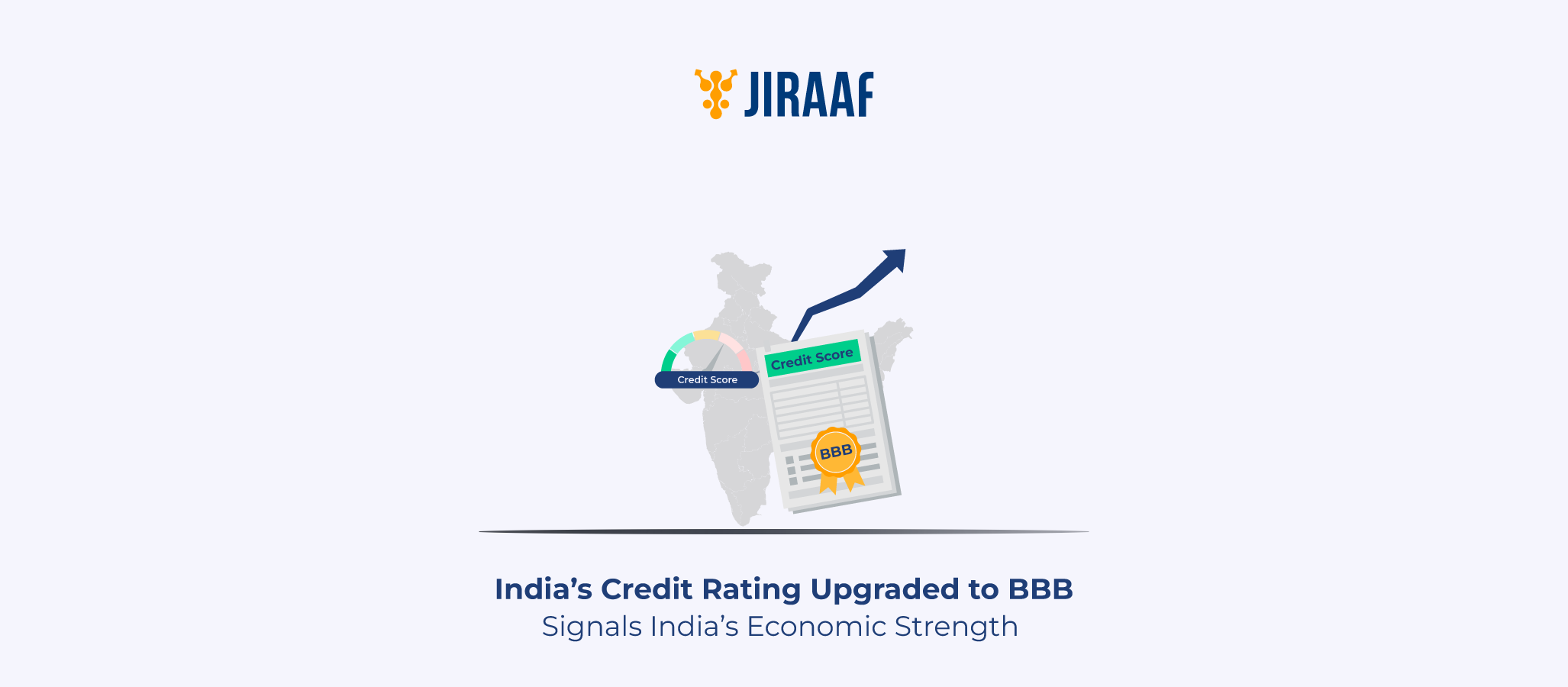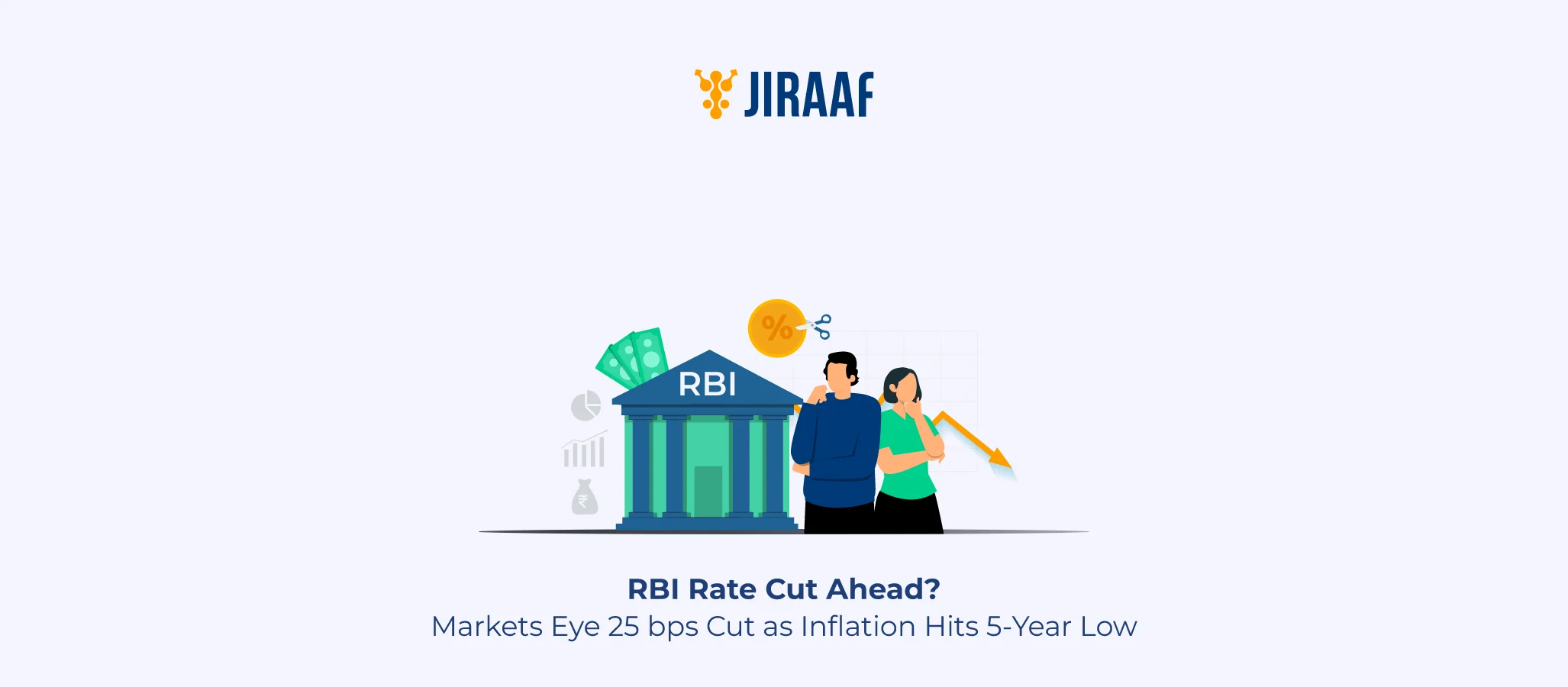Every economy has an indicator that reveals its heartbeat, the 10-year government bond yield, which serves as the benchmark for the country’s borrowing costs. Recently, the 10-year yield has tightened in India.
This subtle but powerful movement carries meaningful signals about inflation expectations, monetary policy direction, and hints at expectations for future policy moves and investor sentiment across the yield curve.
For active investors, this is a moment to pause and interpret the forces behind the tightening, from government borrowing plans to global liquidity flows, and position their fixed-income portfolios for the opportunities and risks that lie ahead. The pulse of the debt market is steady, but attentive investors can detect every subtle change, rhythm, and whisper of what may come next.
The 10-year G-Sec: India’s Financial Compass
The 10-year G-Sec signals the pulse of the debt market in our economy. It acts as the compass that guides interest rates across the economy, influences corporate bond pricing, and reflects the market’s faith in the government’s fiscal discipline.
When yields tighten, investors accept lower returns for the same level of safety, clearly indicating their confidence in macroeconomic stability.
In recent weeks, India’s benchmark 10-year yield has hovered between 6.50% and 6.55%, down slightly from around 6.60% earlier, and the market anticipates a further fall in case of an additional rate cut in FY26.
- For existing bondholders, this translates into capital gains as prices rise.
- For new investors, it implies slimmer return potential, as entry yields are now lower.
What Moves Bond Yields in India
Bond yields are dependent on a delicate balance between various factors, including monetary policy, inflation, and a combination of other domestic and global factors.
- Inflation and Policy Rates: When inflation softens or the Reserve Bank of India adopts a dovish stance on the repo rate, yields tend to decline. Lower inflation preserves real returns, while a signal of future rate cuts reduces borrowing costs across the curve.
- Liquidity Conditions: When the banking system is flush with liquidity, investors naturally gravitate towards safe government securities, which in turn drives yields lower.
- Government Borrowing Patterns: An increase in government borrowing typically pushes yields higher, as the market demands a higher return to absorb the additional supply. However, when the borrowing program is well-structured and predictable, yields remain stable.
- Sovereign Credit Perception: An improvement in India’s fiscal outlook or a credit rating upgrade enhances investor confidence, lowering the risk premium and compressing yields.
- Global Influences: Movements in U.S. Treasury yields, foreign fund flows, and global risk sentiment also affect Indian yields through relative return channels.
For instance, even a modest upgrade in the sovereign rating outlook can pull the 10-year yield down by 20–30 basis points, as investor confidence strengthens. But these are general factors; what has caused these yields to tighten at present?
Why Yields are Tightening Now
The recent yield compression is the result of a rare mix of predictability, fiscal prudence, and macroeconomic confidence.
Clear Borrowing Roadmap
According to data from the PIB and Union Bank of India’s borrowing calendar, the government plans to raise ₹6.77 lakh crore in the second half of FY26 through 22 weekly auctions extending until March 2026.
A clear and evenly distributed borrowing plan minimizes uncertainty and helps reduce the “risk premium” demanded by investors.
Balanced Tenor Composition
A larger share of issuances is now concentrated in 10-year and medium-term maturities, while ultra-long bonds have been consciously reduced as part of a duration management strategy. This approach shows the government’s confidence in our economic growth, has steadied the long end of the yield curve, and curbed volatility.
Fiscal Discipline and Debt Management
The overall FY26 borrowing target has been trimmed slightly from earlier estimates. In addition, planned switch and buyback operations are helping smooth redemption pressures. These actions demonstrate fiscal restraint and responsible debt management, both of which strengthen investor trust.
Supportive Macroeconomic Backdrop
Stable inflation, comfortable liquidity conditions, and easing global yields have created an environment conducive to lower yields. Institutional investors, domestic and foreign alike, have shown greater confidence by locking into longer tenors, tightening spreads across maturities.
What a Tight Yield Curve Signals
Tight yields tell a story about how investors perceive the direction of the economy.
- Macro stability is being priced in
Markets believe the inflation and fiscal management narrative is credible.
- Rate cuts are being anticipated
Since inflation in September ’25 was significantly below the expected rate, the RBI may need to cut rates further to maintain inflation. The market expects a 25-basis point cut, bringing the total to 125 basis points this year. What remains to be seen is whether this happens in Dec’25 or Feb’26.
- The yield curve is flattening
Long-term yields are falling faster than short-term ones, often a sign that markets have already priced in future rate cuts.
- Forward returns are limited
With yields near their current levels, the primary source of alpha has shifted from directional bets to skillful duration management.
- The market is more sensitive to surprises
A sudden spike in inflation or an adverse rating event could quickly reverse recent gains.
In short, a tight yield curve reflects confidence, but it also leaves less room for error if macro conditions change unexpectedly.
How the Borrowing Calendar Shapes Stability
The government’s structured borrowing program plays a central role in reinforcing this stability. Below is an overview of their borrowing plan.
Borrowing Overview (H2 FY25)
| Parameter | Details |
| Total Planned Borrowing | ₹6.77 lakh crore |
| Number of Auctions | 22 (weekly) |
| Period Covered | October 2025 – March 2026 |
| Average Auction Size | ~₹30,773 crore (₹6.77 lakh crore/22) |
So, what would the market implications be for this plan?
Implications for the Market
Let’s have a look.
- Predictable supply reduces volatility: A transparent government borrowing plan enables investors to plan their allocations without fear of unexpected issuance spikes. The lower issuance of ultra-long papers directly addresses market concerns over duration supply.
- Lower borrowing costs for the government: Tighter yields directly translate to a reduced interest burden, easing fiscal pressure. This can happen if rates are cut further; otherwise, borrowing costs are expected to stay steady.
- Formation of yield floors: With steady supply and strong demand, yields are unlikely to fall much further, creating a new base around current levels. The 6.50%–6.55% band appears to be a strong psychological and economic floor for the 10-year G-Sec in the current FY26 cycle.
In essence, this borrowing calendar enhances near-term stability but limits the scope for further yield compression. So, how should investors position their portfolios to ride out this wave?
Portfolio Positioning in a Low-yield Environment
With yields tight and the potential for further compression limited, investors must move from passive holding to strategic positioning.
Trim Duration Exposure
Investors must try to avoid very long-dated bonds of 15–30 years. Instead, focusing on the 5–7-year segment is a smarter choice for the time being. This segment offers them a reasonable yield pickup with manageable risk and is less sensitive to the evolving global monetary policy outlook in FY26.
Build a Laddered Portfolio
Investors should spread their investments across multiple maturities, such as 3, 5, 7, and 10 years, to manage reinvestment risk, maintain liquidity, and capture opportunities available across the curve.
Monitor Credit Spreads
When government yields tighten, corporate spreads often compress as well. Investors would benefit from staying selective with assets. They can focus on AAA-rated or PSU bonds and avoid stretching for yield in lower-rated papers unless the underlying fundamentals are sound. The expectation of falling bank lending rates in FY26 makes high-quality corporate bonds particularly attractive.
Use Roll-down Strategies
In a mildly downward-sloping yield curve, investors can benefit from price appreciation as bonds age and “roll down” to shorter maturities.
Maintain Tactical Liquidity
Keeping a portion of their portfolio in short-term or money market instruments can allow investors to quickly deploy funds where required when yields rise or new opportunities emerge. This strategy is crucial given the high uncertainty around the timing of the RBI’s first rate cut in FY26.
Stay Aware of Macro Triggers
Keep track of inflation trends, RBI policy signals, rating-agency outlooks, and global yield movements. Anticipating these shifts can help investors reposition portfolios before the market reacts.
Strategic Takeaways for Bond Investors
Tighter yields are not just a reflection of fiscal success; they are also a reminder that the easy money phase in bonds is behind us. India’s stable inflation outlook and disciplined borrowing strategy inspire confidence, but future returns will increasingly depend on investor agility, timing, and diversification.
Investors who manage duration carefully, maintain liquidity buffers, and stay disciplined about credit quality will be better positioned to navigate the next stage of India’s bond cycle.
Here’s a quick summary of the current scenario and its investor implications in tabular format:
| Aspect | Current Scenario | Investor Implication |
| 10-Year Yield | 6.50–6.55%, down from 6.60% | Capital gains for existing holders; lower entry yields for new ones |
| Borrowing Plan (H2 FY26) | ₹6.77 lakh crore across 22 auctions | Predictability, reduced risk premium; less ultra-long supply |
| Macro Conditions | Controlled inflation, strong liquidity | Yield stability and investor confidence |
| Yield Outlook | Likely near a floor | Limited room for further fall; focus on carry and roll-down |
| Investor Strategy | 5–7-year duration focus | Ladder portfolios; maintain liquidity for rate-cut opportunity |
Lastly
Tighter G-Sec yields reflect a shift driven by the government’s strategic focus on short-, medium-, and long-term bonds instead of ultra-long maturities, signaling confidence in India’s sustained growth trajectory, among other factors. Meanwhile, the RBI may soon make borrowing cheaper to enhance market liquidity and stimulate demand in order to maintain a healthy inflation rate.
Investors should align their portfolios accordingly. They could,
- prioritize bonds in the 5–7-year segment, where supply and demand dynamics are favorable
- maintain flexibility to capitalize on potential rate cuts
- and avoid excessive exposure to ultra-long bonds, which are vulnerable to duration risk.
Staying alert to RBI policy cues and tactical liquidity management will help investors capture opportunities while managing risk in this evolving environment.









